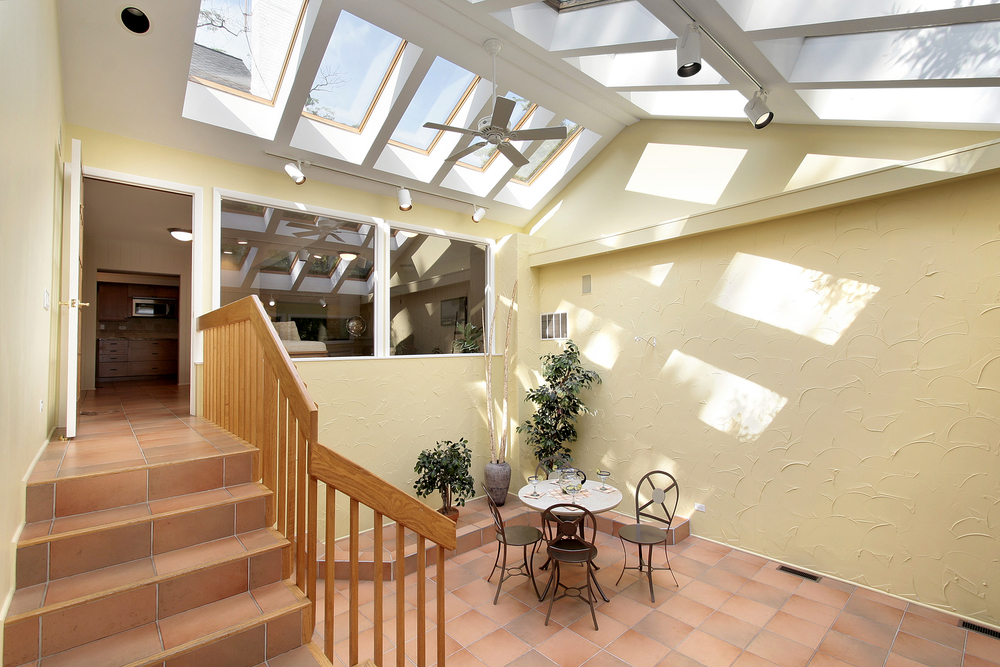
What Makes a Skylight Energy Efficient?
When people think of skylights, they usually think of them more as design elements – choices that offer more aesthetic value than functional ones. However, skylights are much more than that.
Bringing natural light inside a space, skylights can also be highly energy efficient inside a home when used strategically. These roof-top windows offer more than meets the eye and are worth the consideration. Before you hire Orlando skylight installation services, let’s understand what makes skylights energy efficient.
What Makes a Skylight Energy Efficient?
Lower Heating Costs
It should come as no surprise that skylights can help heat up the home. Unless there’s a hole in your roof, there is no other way to bring in natural radiation from the sun that brings about heat. With skylights, a home can actually save heating costs since it will be taking energy straight from the sun and bringing it inside the house.
Understandably, this will work the other way during summer since you would prefer to keep a home cool. While the skylights were beneficial during the winter, they might offer some disadvantages during the summer.
To address this issue, the size of the skylights have to be considered. Since larger skylights will mean more access for the sunlight and its heat, it is recommended to keep the size of skylights no more than five percent of the room’s total area if there are windows as well.
For rooms without windows present, the skylights can go as large as fifteen percent of the room’s total area.
Vented Skylights or Shaded Skylights
As mentioned, skylights can indeed help with the heating costs inside a home when the season gets cold. However, the problem people have with skylights is that the heat can be too much to handle during the summer.
Air cooling can be put at a disadvantage when there’s virtually a window on the roof. However, some circumvent this issue by installing vented skylights – skylights that can be propped open like a window.
Understandably, there are pros and cons to having a vented skylight. For one, even if the vented skylight is properly installed and closed, chances of leaking will always be a concern – a concern that is not so present for fixed skylights.
However, opening vented skylights during the summer can significantly help with cooling since they allow fresh air and cool breeze to come in. Essentially, a vented skylight acts as another open window.
If there’s an active climate control in the home, then having an open vented skylight just won’t do. In this case, it’s time to consider having a shaded skylight.
Just like a window, there are screens, shades, and blinds that can be installed with the skylight. These shades can simply be drawn when you want to seal a skylight and prevent sunlight from entering. This may be considered as a simple solution but it’s a solution that works beautifully.
Lower Lighting Costs
Another benefit of skylights is that they allow natural light to flood in a space inside a home without the need for electricity. Taking advantage of the powers of nature can really help save some money when done long enough.
Since skylights have to be limited in size, a creative solution would be to install smaller sized skylights positioned strategically in a room. A room with an efficient set of skylights would not need lights turned on during the day. While windows can sometimes be enough, skylights do add a flare of beauty.
Conclusion
Skylights have much more to offer which makes them both functional and aesthetically pleasing. Natural light will always be a wonderful thing to use to illuminate the home but skylights become extra appealing when they can help save money on energy costs as well.

Recent Comments